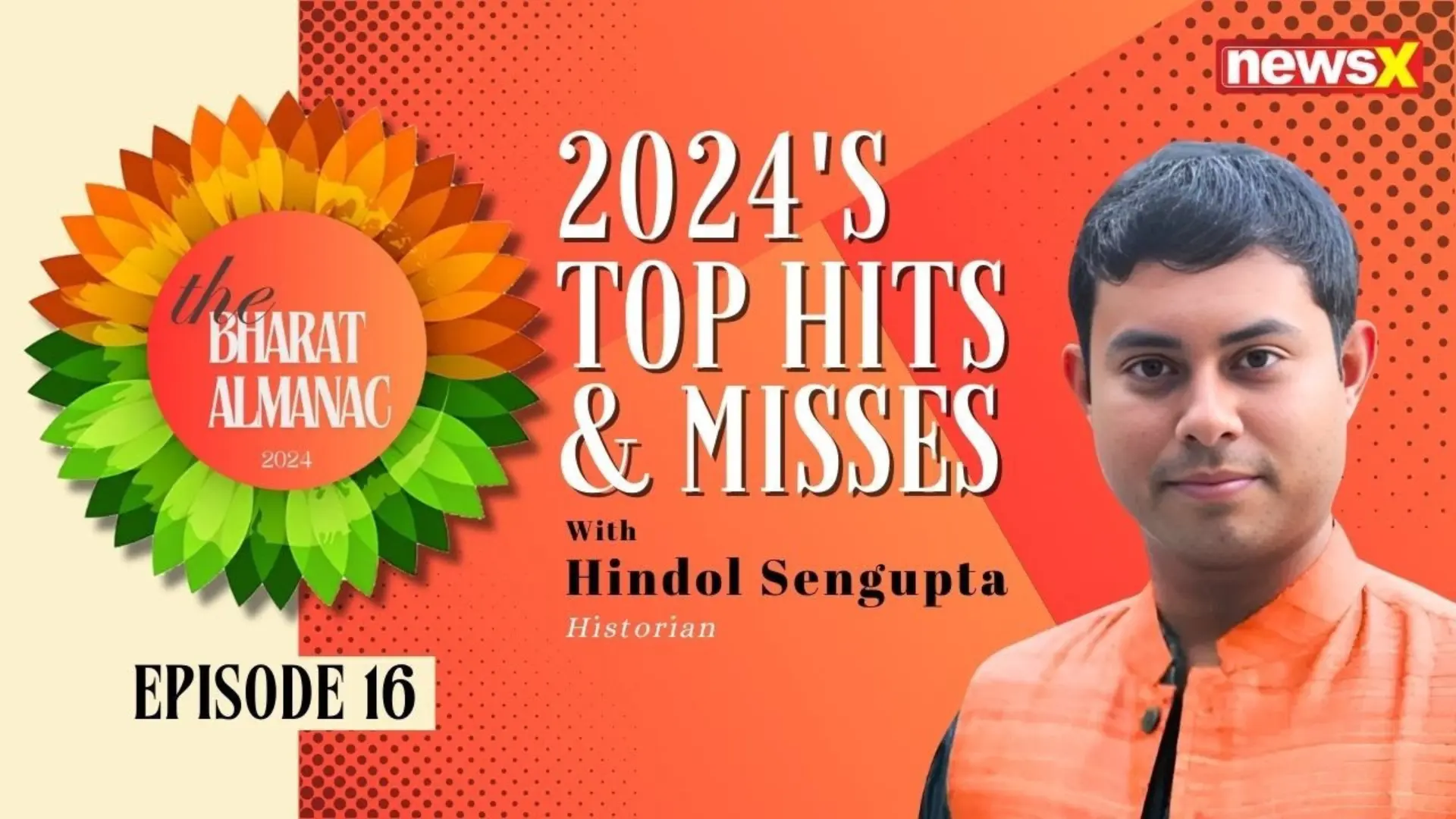In an engaging interview with NewsX, historian and author Hindol Sengupta provided a deep dive into India’s remarkable progress over the past year. From diplomatic breakthroughs to grassroots innovation, Sengupta outlined the nation’s strides in stability, economic growth, and cultural awareness, weaving a narrative of resilience and optimism.
Strengthening Stability at Home and Abroad
Sengupta hailed India’s efforts in maintaining external and internal stability. The resolution of border tensions with China was a key diplomatic achievement, paving the way for future peace in the region. Domestically, the peaceful inauguration of the Ram Temple reflected unity and strengthened India’s civilizational pride.
“After 500 years, the inauguration of the Ram Temple was a historic event. The fact that it happened peacefully is a testament to India’s maturity as a nation,” Sengupta remarked.
He also praised India’s role in evacuating Sheikh Hasina from Bangladesh, describing it as a “bold and compassionate act” that highlighted India’s dedication to supporting its allies in times of crisis.
Sustained Economic Growth and Urban Evolution
India’s resilience in maintaining its position as one of the world’s fastest-growing economies stood out amidst global challenges. Sengupta stressed that consistent growth is essential to elevate millions out of poverty and improve the nation’s per capita income.
“Even in tough global conditions, India’s growth is a beacon of hope for millions of families striving for a better life,” said a local shopkeeper from Indore, reflecting on how economic opportunities are now reaching smaller cities.
The rise of tier-2 cities like Indore and Surat as innovation and entrepreneurship hubs further signaled a transformative shift. These cities are leading the way in sustainable urbanization and reducing reliance on metropolitan centers.
Innovations Driving Progress
Sengupta applauded India’s advancements in defense manufacturing, including a significant push toward self-reliance. He also highlighted the growing adoption of electric vehicles (EVs), noting that improved designs are making EVs more appealing and accessible.
“Cleaner air and sleek cars—it feels like the future is here,” shared a young professional in Pune, who recently switched to an electric vehicle.
The expansion of Global Capability Centers (GCCs) and the direct-to-consumer (D2C) revolution were also highlighted as game-changers. Technology-driven models are connecting local producers with consumers nationwide, empowering small businesses and fostering inclusivity.
A Cultural and Historical Renaissance
Sengupta observed a renewed interest among young Indians in understanding their history and India’s global role. This cultural revival, he noted, is crucial in addressing contemporary challenges, such as the Khalistan movement.
“More people are connecting the dots between history and current events. It’s like we’re rediscovering what makes India unique,” said a college student from Delhi.
Sengupta emphasized that this growing awareness not only strengthens national unity but also equips citizens to engage with global affairs thoughtfully.
A Vision for the Future
Hindol Sengupta’s reflections underscored India’s multifaceted achievements, offering a balanced perspective on its progress. His insights inspire hope for a future where resilience, innovation, and cultural pride drive the nation forward.
As Sengupta concluded, “India’s journey is a blend of ancient wisdom and modern innovation. The world is watching, and we are ready to lead.”




















